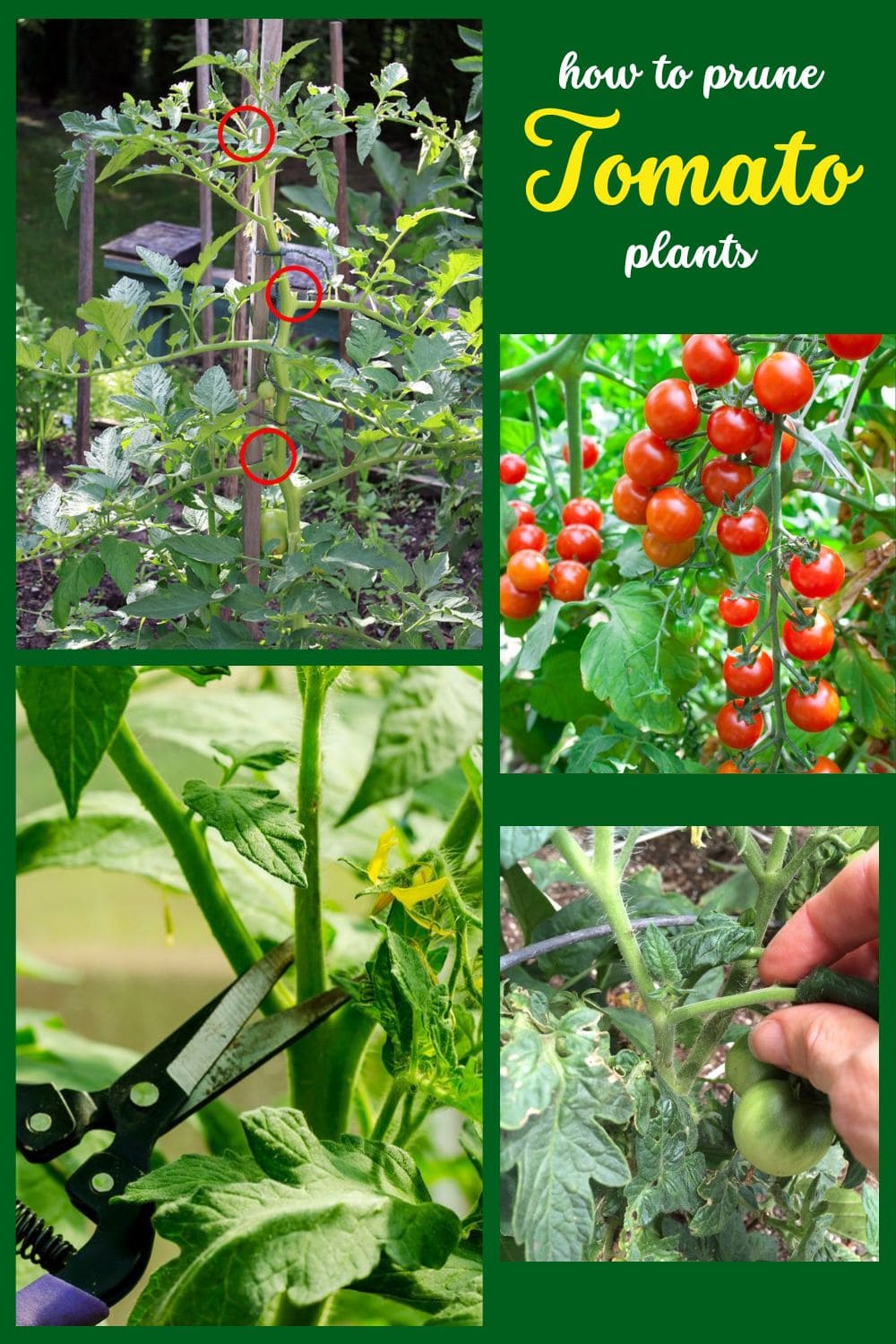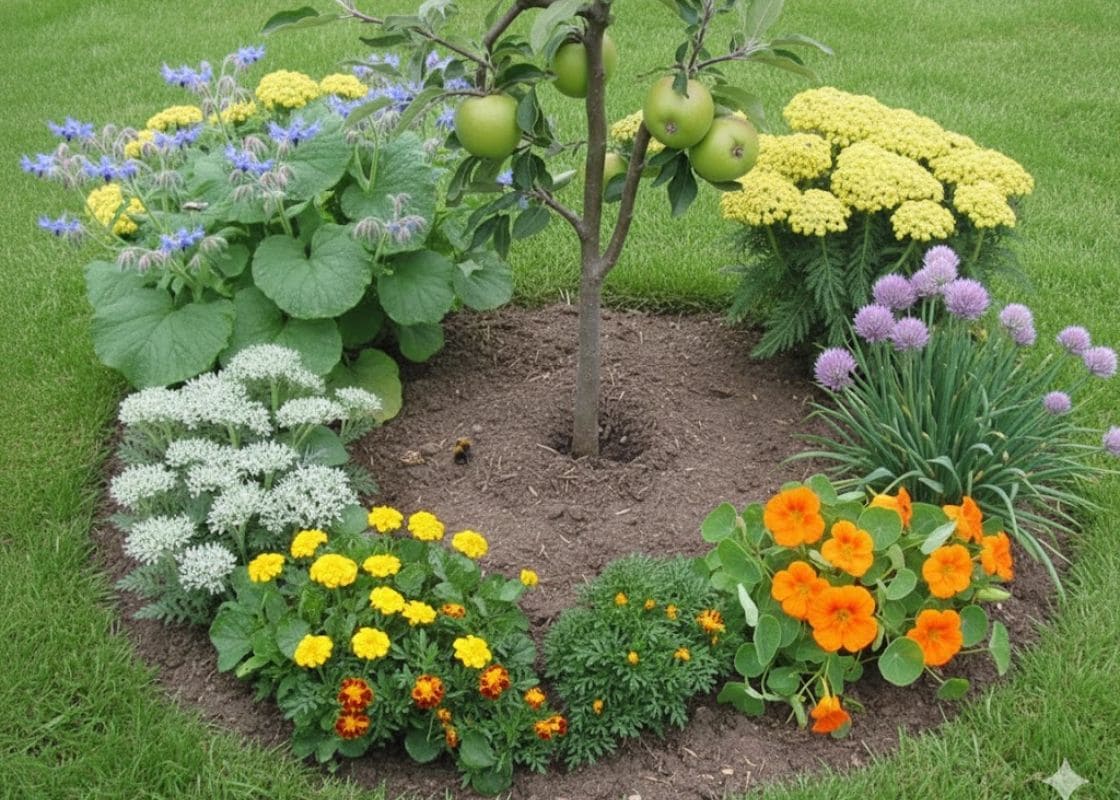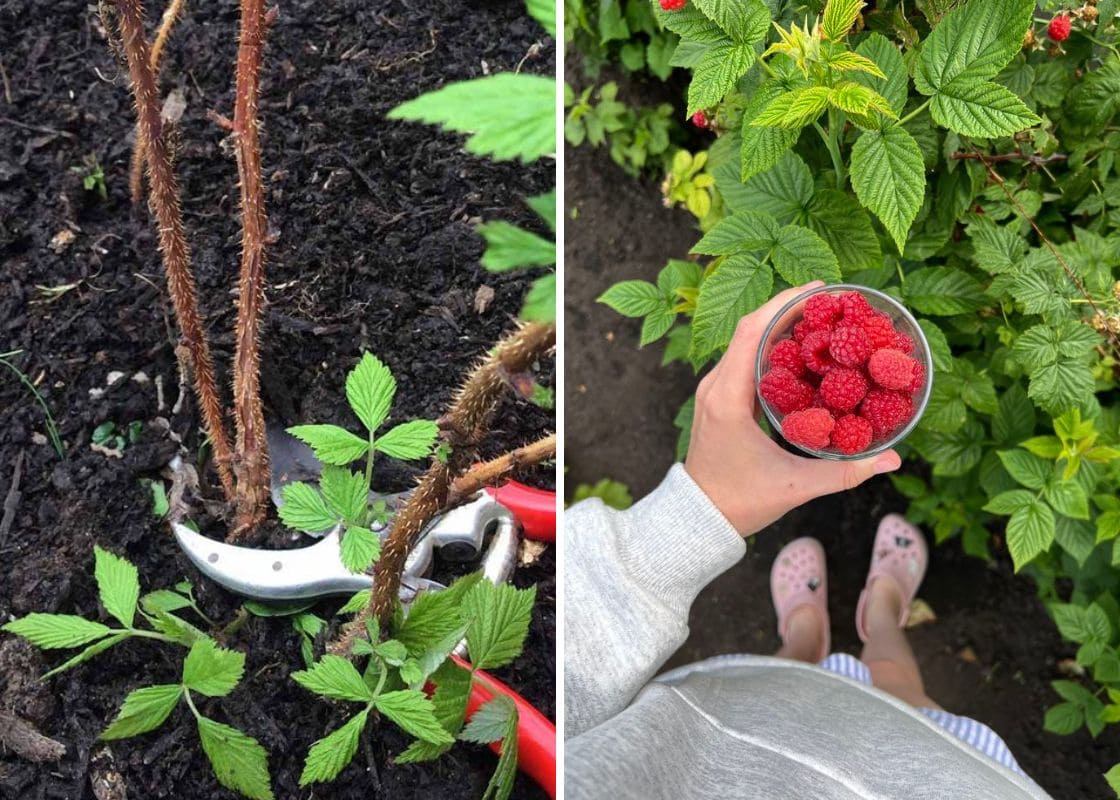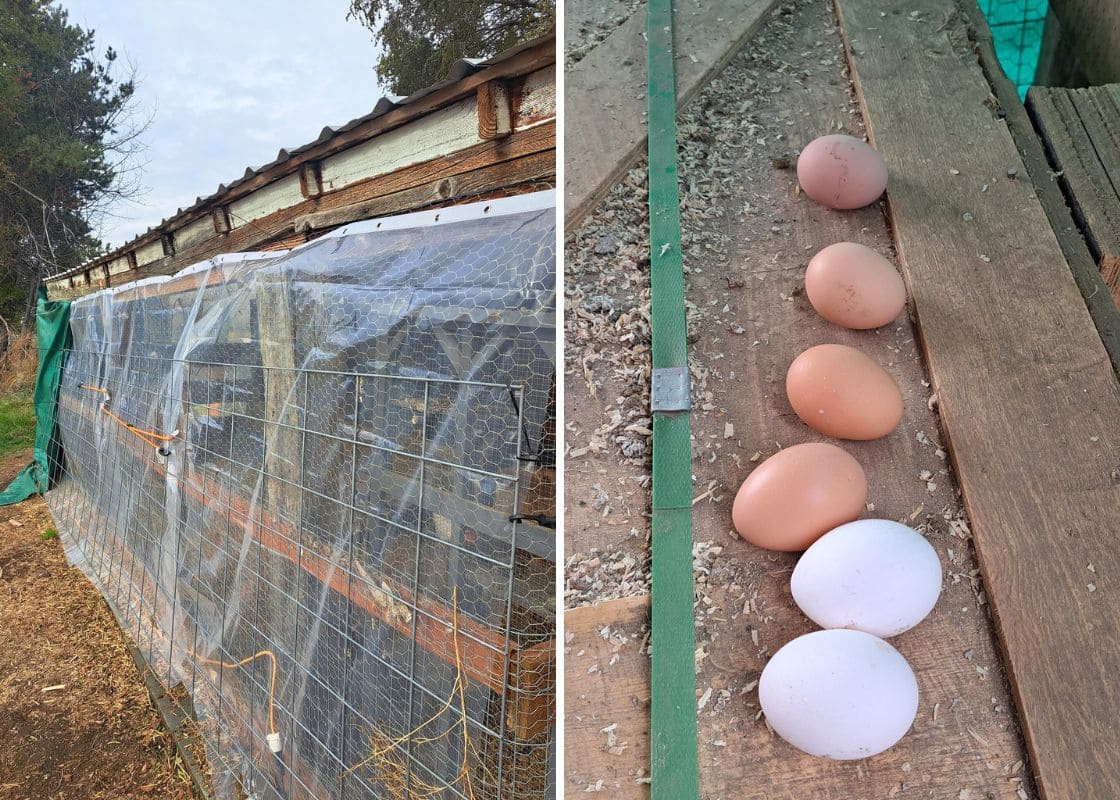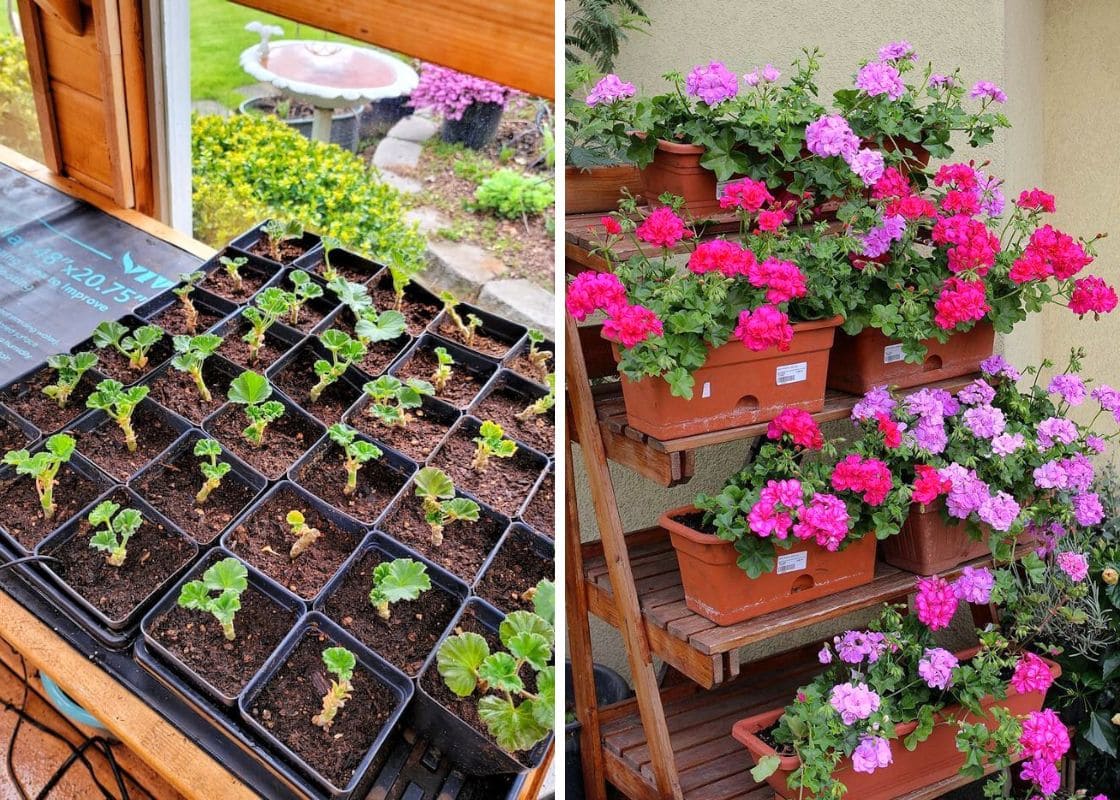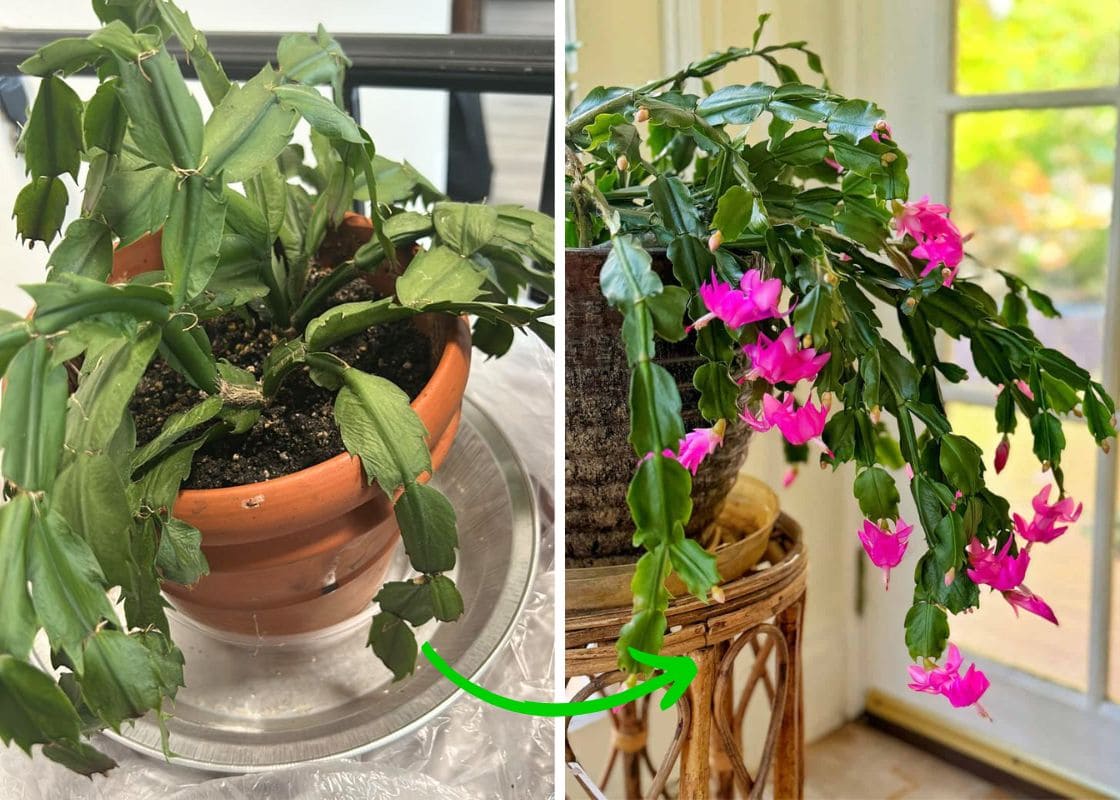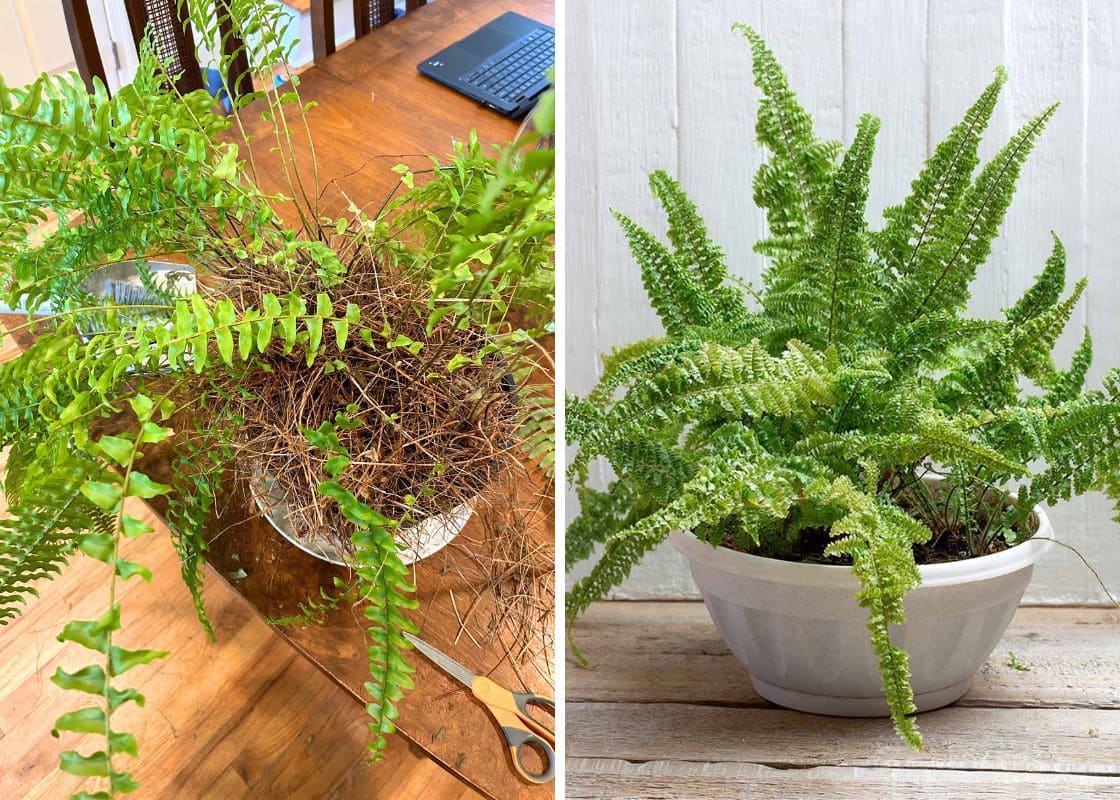We often have joy when watching tomato plants stretch toward the sun, setting fruit, and ripening into sweet, juicy gems.
But if you’ve ever let them grow wild, you know how quickly they can turn into a messy jungle of tangled vines and limp, yellowing leaves. That’s where pruning comes in.
Pruning your tomatoes is about steering the plant’s energy toward healthy fruit. When done correctly, it reduces disease, improves airflow, and gives you tomatoes that taste better, ripen faster, and look beautiful.
First Things First: Know Your Tomato Type
Tomatoes fall into two broad categories, and your pruning method depends on which one you’re growing:
Indeterminate tomatoes keep growing all season. These vining types can reach 6 to 10 feet or more. They continue to produce fruit until frost arrives, which makes them ideal for consistent pruning.
Determinate tomatoes, often labeled as bush varieties, grow to a certain height, set fruit all at once, and then stop. These don’t need much pruning, just a little maintenance.
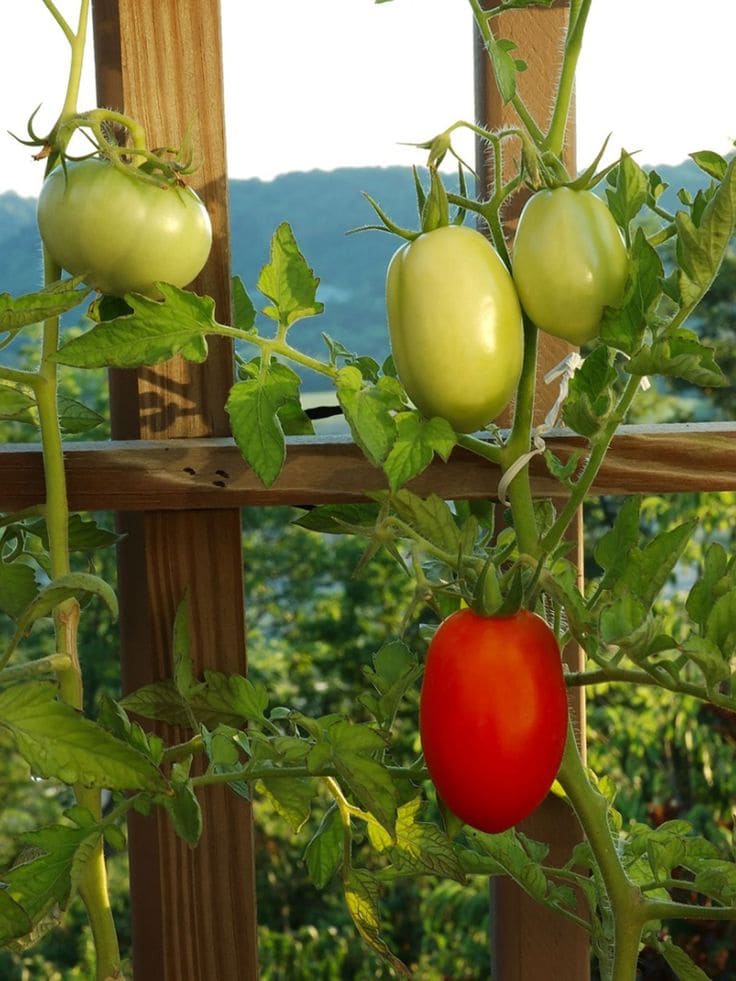
Knowing this helps you avoid cutting off the very growth that gives you a harvest. With indeterminate tomatoes, pruning is a regular part of your garden rhythm. With determinates, it’s more about keeping things healthy than shaping the plant.
The Sucker Situation
Suckers are small shoots that pop up in the joint where a leaf meets the main stem, right in the little “V.” Left alone, they’ll grow into full stems, sapping energy from your plant and making it bushier than you probably want.
If you’re growing indeterminate varieties, gently pinch or snip these off while they’re still small (2-4 inches long). Don’t wait too long as removing larger suckers can stress the plant.
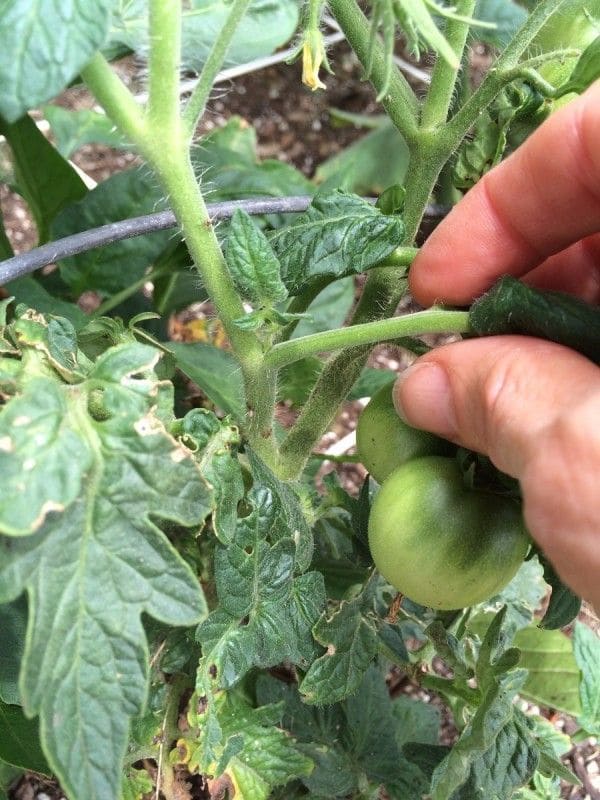
How to Prune Your Tomatoes Step by Step
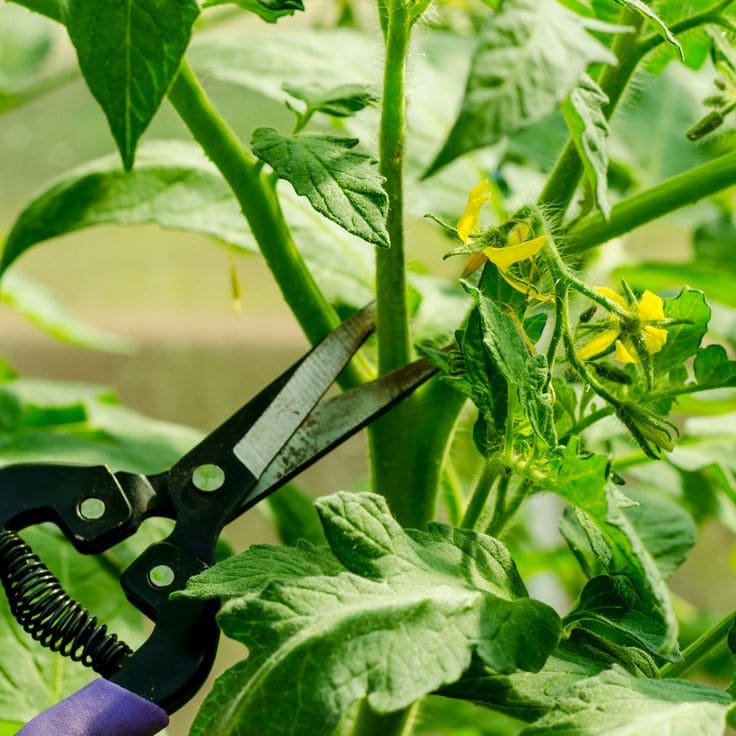
1. Wait for the Right Time
Start pruning when your plant is about 12–18 inches tall. Too early and you risk slowing it down. Too late and you may have to do heavier cuts.
2. Prune in the Morning on a Dry Day
Wet leaves and tools spread disease fast. Morning pruning also helps plants recover before the sun sets.
3. Focus on the Bottom First
You should remove any leaves that touch the ground or are starting to yellow. This keeps pests and fungal spores from splashing up during watering or rain.
4. Remove Suckers Strategically
Stick to one or two main stems if you want fewer but larger tomatoes. If you’re okay with a slightly bushier plant and more (but smaller) fruit, leave a few well-placed suckers.
5. Topping the Plant (Late-Season Only)
About a month before your first expected frost, snip off the top growing tips. This tells the plant that it’s time to stop growing and focus on ripening what’s already here. It’s one of the best end-of-season tricks for full-flavored tomatoes.
What About Determinate Tomatoes?
Most bush types are best left unpruned. Overdoing it can actually reduce your total harvest. You just stick to the basics: remove any leaves touching the soil and cut back anything diseased or damaged.
Extra Care Tips from the Garden
Use sharp, sanitized tools, especially if you’re moving between plants. Then, a quick dip in a diluted bleach or vinegar solution helps prevent the spread of fungal and bacterial diseases.
Also, don’t overdo it. Your plant needs some foliage to protect fruit from sunscald and keep it photosynthesizing efficiently.
If you’re growing in a humid region, a well-pruned tomato plant is your best friend. The increased airflow alone will reduce fungal issues like blight and leaf spot dramatically.
